27+ Sample Month-to-Month Rental or Lease Agreements
-
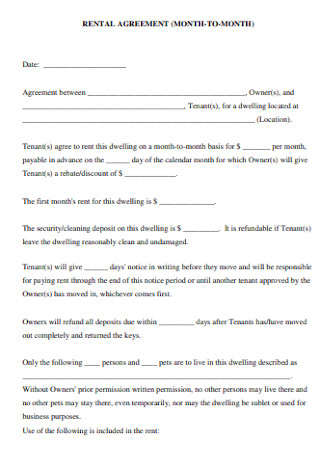
Sample Month to Month Rental Agreement
download now -
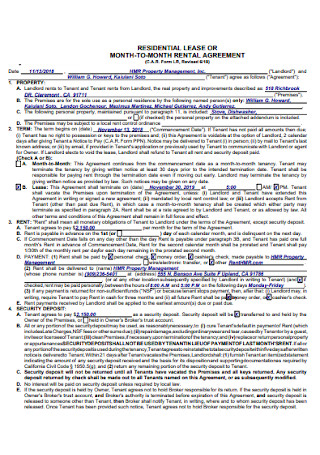
Residental Month to Month Agreement
download now -

Month to Month Lease Agreement
download now -
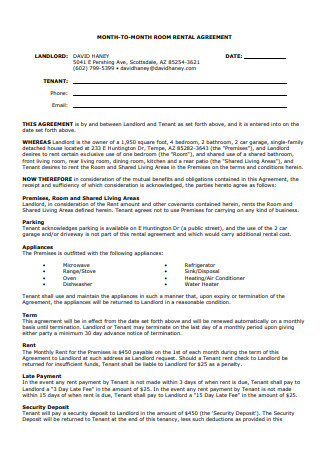
Month to Month Room Rental Agreement
download now -
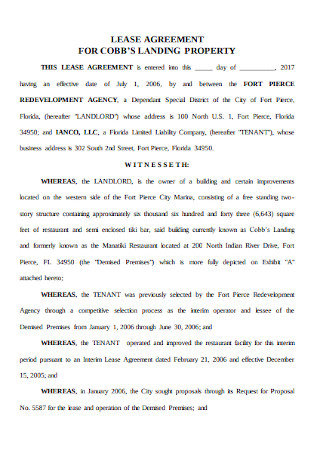
Lease Agreement for Landing Property
download now -
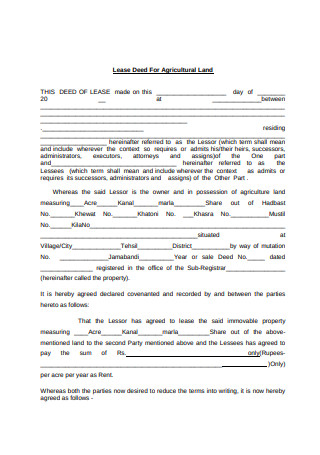
Land Lease Agreement Example
download now -
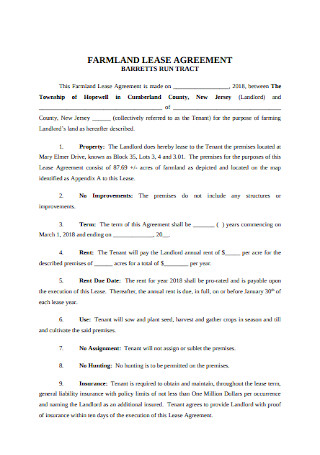
Farm Land Lease Agreement
download now -
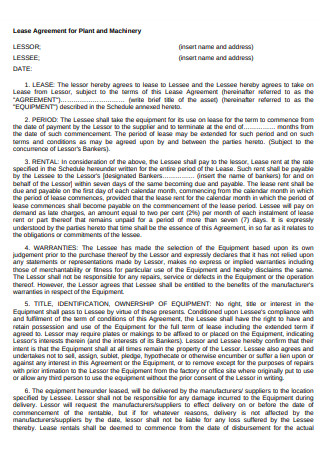
Lease Agreement for Plant
download now -
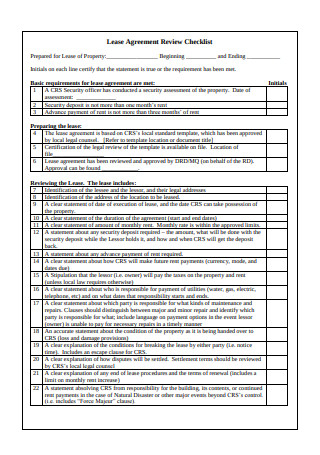
Lease Agreement Review Checklist
download now -
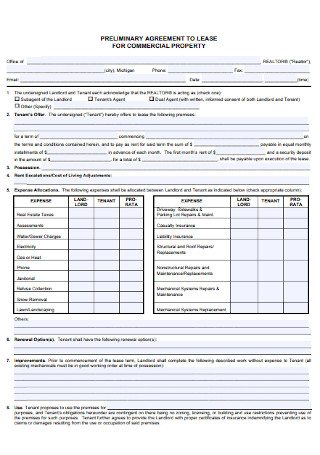
Commercial Property Lease Agreement
download now -
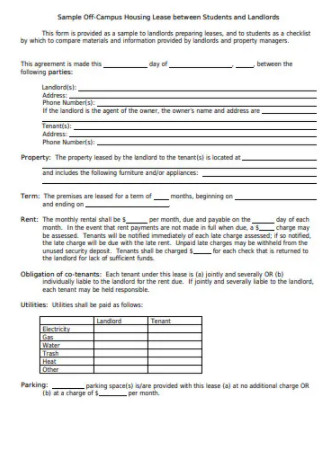
House Rental Lease Agreement
download now -
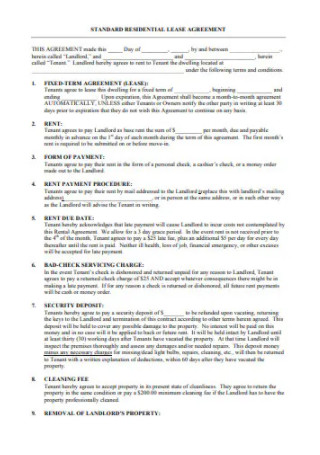
Residential Rental Lease Agreement
download now -
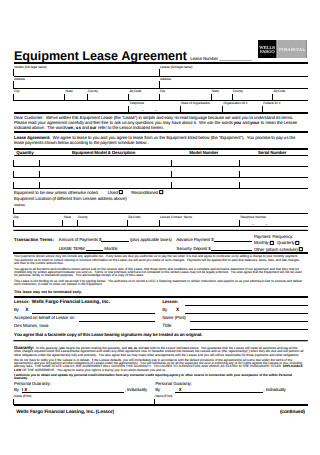
Equipment Lease Agreement Form
download now -
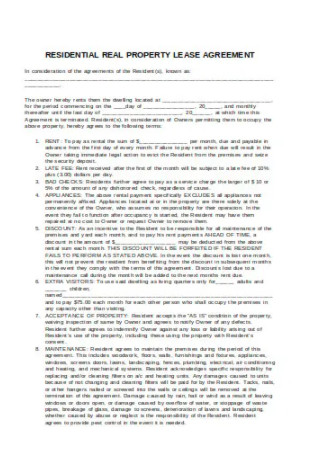
Property Lease Agreement
download now -
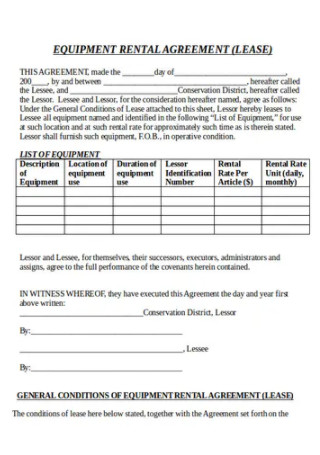
Equipment Rental Lease Agreement
download now -
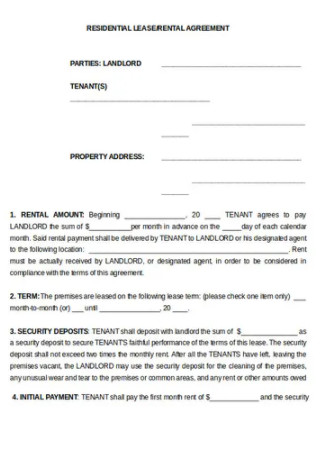
Residential Rental Lease Agreement
download now -
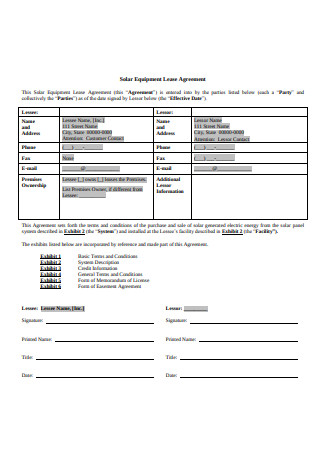
Solar Equipment Lease Agreement
download now -

Basic Equipment Lease Agreement
download now -
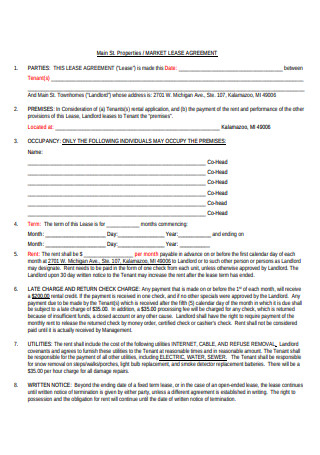
Market Lease Agreement
download now -
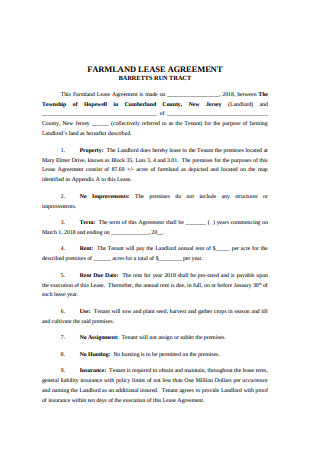
Farm Land Lease Agreement
download now -
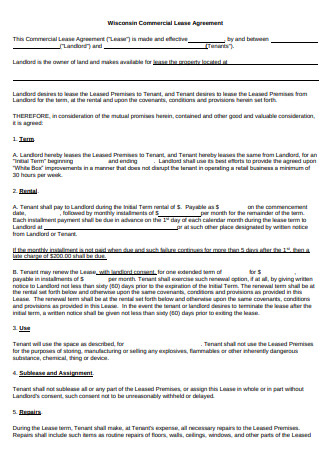
Commercial Lease Agreement Format
download now -
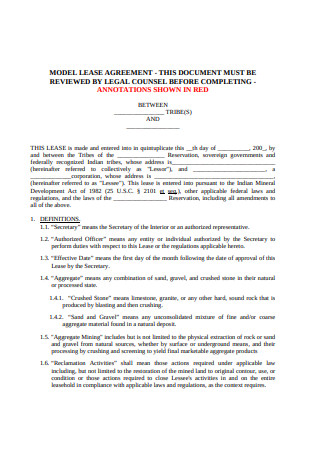
Model Lease Agreement
download now -
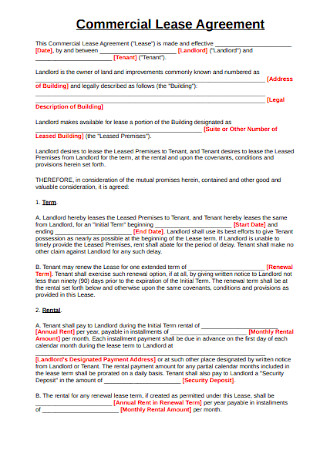
Sample Commercial Lease Agreement
-
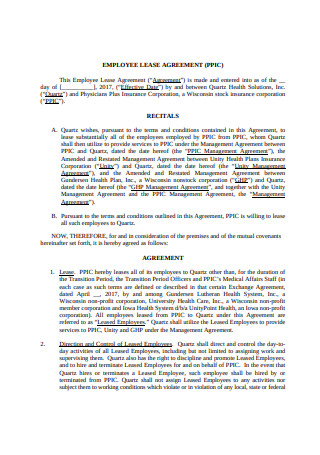
Employee Lease Agreement
download now -
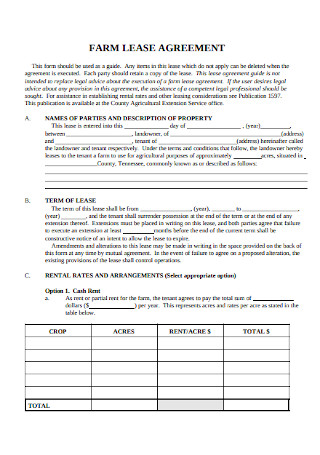
Farm Lease Agreement
-
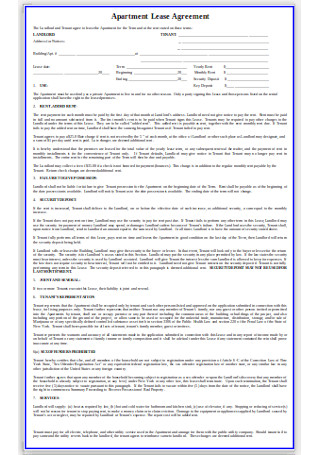
Apartment Lease Agreement
-
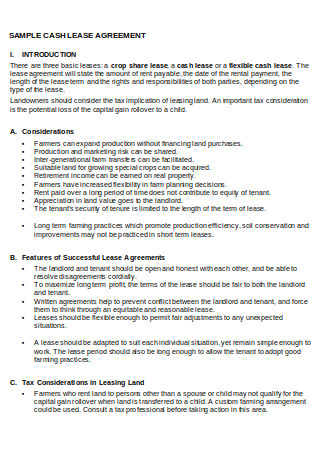
Sample Cash Lease Agreement
-
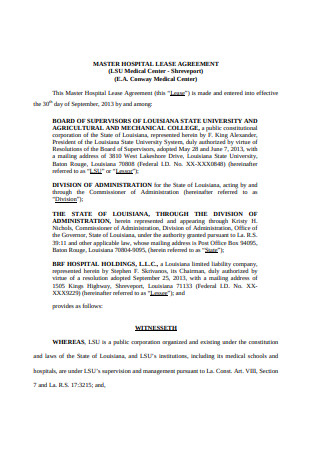
Hospital Lease Agreement
download now
FREE Month-to-Month Rental or Lease Agreement s to Download
27+ Sample Month-to-Month Rental or Lease Agreements
What is a Month to month Rental/Lease Agreement?
Common Provisions in a Month to Month rental Agreement Form
How to make a Month to Month Rental/Lease Agreement
FAQs
For what may a property owner utilize a security deposit?
In residential rental contracts and leases what provisions are prohibited?
Month-to-Month Rental Agreement vs. Fixed Lease
What is a Month to month Rental/Lease Agreement?
A rental agreement is monthly and can be terminated or changed with a 30 day notice for an undetermined duration. The leasing agreement is a monthly lease. Both landlord and tenant have the right under the government-required termination periods to cancel the lease with proper notice. In a month-by-month agreement, a renter has all the rights in accordance with property tenants’ rules. A rental agreement per month usually takes 30 days, as its name suggests. In contrast to a long-term lease, the automatic renewal is generally necessary unless, the tenant or the landlord provides notice of non-renewal. The tenant must notify either the landlord or the tenant in most monthly agreements, even if the situation may differ depending on the local legislation.
Common Provisions in a Month to Month rental Agreement Form
There are provisions in rental agreements. You can also find these in our sample printable month to month agreements. These are some of the common provisions you need to take note of.
How to make a Month to Month Rental/Lease Agreement
The landlord and the renter should prepare a lease upon settlement of all talks. One of the sample templates on this site is recommended, since it will include the required provisions and disclosures in the region of the property.
Step 1: Choose a template
Download a month to month rental agreement from the many samples above, choose a best month to month rental agreement template that best suits your needs by browsing through each one of them or if you can make your own by proceeding to step 2.
Step 2: Decide your formatting
After seeing how most residential rental agreement samples above are formatted, you now have a grasp of what the agreement usually looks like or is formatted. In a clean piece of paper, draft how you want your agreement to look like, it doesn’t have to be complete, it’s just so that you know if you like your agreement in bullets or in a whole paragraph . Make sure it is orderly and easy to read. This draft only serves as a guide.
Step 3: Title of the Agreement
Put the title “Month to Month Rental/Lease Agreement” at the center. Make it bold and the font should be bigger than the rest. This is to clarify what the agreement is all about, just like any other legal documents.
Step 4: The Property Name
Give a description and the address of the leased premises. Specify the name of the property, what unit or floor and the complete address where the unit is found. As a description, you may state the color of the house and how big it is.
Step 5: Landlord’s information
Include the full name of the landlord issuing the Month to Month Rental/Lease Agreement and their basic information such as emails and numbers.
Step 6: Rental Amount
This section notifies us about the security and the rent. Rent is the consideration that is agreed by both parties, and that the other party must split the profit percentage with the other party at times under commercial agreement, along with the basic rent.
The security deposit shall be given to the landlord for security in the context of any dispute/default resulting from the contract. This should be paid ideally after both parties have concluded the agreement and refunded at the conclusion of the term.
Step 7: Grace Period
The time after the payment is due is a grace period, but prior to late charges, interest or any other penalties. The different contracts will have varying lengths of grace; the monthly lease may have a grace period of five days while the grace period for student loans is six months following graduation.
Step 8: Term of lease
A rental term is a duration established in the rental agreement which specifies the minimum length of time a tenant should stay in the same rental property. Leasing periods may be renewed after the whole term is finished, although a penalty for termination of leases is normally imposed before the full term is completed.
Step 9: Date the agreement is sent
Indicate when the rental billing statement is sent to the tenant and ensure that it has been received on time.
Step 10: Due date
Indicate when the bill is due and the amount of penalties if there are late payments. This may also be covered in the grace period clause.
Step 11: Tenant’s information
Indicate the name of the tenant whom you are issuing the Month to Month Rental/Lease Agreement to and their basic information such as emails and numbers. This is very important especially in cases of breach.
Step 12: Statement indicating remedies in case of dispute
There should be portions of the lease indicating the procedures the parties may take when there are inquiries and disputes.
Step 13: Mode of payment:
indicate what mode of payment you require as a landlord or the procedure of collecting the payment through cash, cheque, mail transfer or digital transfer.
Step 14: Signatures
After the agreement has been concluded, the tenant should make careful reading to make sure all agreed aspects, such as monthly rental, security deposit, parking and animal charge are documented accordingly. Specify the signatures needed with the names you have printed over and remember that you may use signatures such as written, stamped or electronics as your own and you are the one who put them, that is valid.
Whether you’re making a 6 month lease rental agreement form or a 12 month rental agreement form, you can always look for ready made templates online. Or you can tailor your own with the use of the steps above.
FAQs
For what may a property owner utilize a security deposit?
A security deposit is any cash taken from the landlord by a tenant other than a rent advance. The deposit protects the landlord if the landlord breaks or violates the conditions of the lease or lease. It can be used to pay property damages, cleaning, key substitution or back rent. A property owner may charge a security deposit to pay the expense to the tenant: The landlord can fix repairs in the rented property that have not resulted from normal wear and tear by using the deposit after the tenancy has moved. However, In the time provided by a state guideline the property owner must return any unused amount of the security deposit.
In residential rental contracts and leases what provisions are prohibited?
State laws differ but rentals and leases may not include certain terms. Even though state laws vary, excluding renters based on their race, color, nationality or sex is commonly prohibited as well as prohibition of children, except in the case of the property. Relief from the ability to sue the property owner, Locate exemption from reimbursement of a deposit, renunciation of the landlord’s obligation to maintain the property are also commonly prohibited.
Month-to-Month Rental Agreement vs. Fixed Lease
A fixed-term lease guarantees a long tenure, usually for one year. During that period, the landlord shall not, unless the lease allows modifications or the landlord consents in writing to changes, modify the tenancy term or end a lease on a short notice basis. Landlords frequently choose fixed-term leases in high vacancy regions. ON the other hand, a month-to-month rental/lease agreement ensures a tenancy, usually for one month, for a limited duration. Monthly rental arrangements automatically renew every month without a notification to the landlord or renter. Proprietors can generally raise rent, modify tenancy terms or terminate the short-term arrangement. Landlords generally prefer month-to-month agreements in consistent rental markets. But monthly leases mean the changeover of tenants, which requires more labor in maintaining the property.
While owning a property is a very good business and has many advantages, it still needs a lot of hard work to run this properly. It is without a doubt that owning a rental property is a wise way to invest in your future because it has a high potential for profitability and long term success. So before diving into the world of rental business, make sure to note all the important rules and rights a landowner must obey.
